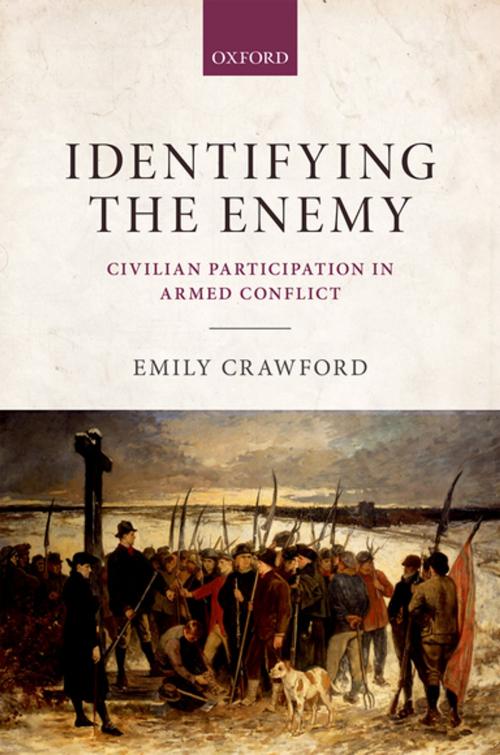Identifying the Enemy
Civilian Participation in Armed Conflict
Nonfiction, Reference & Language, Law, International, Social & Cultural Studies, Political Science| Author: | Emily Crawford | ISBN: | 9780191667947 |
| Publisher: | OUP Oxford | Publication: | July 23, 2015 |
| Imprint: | OUP Oxford | Language: | English |
| Author: | Emily Crawford |
| ISBN: | 9780191667947 |
| Publisher: | OUP Oxford |
| Publication: | July 23, 2015 |
| Imprint: | OUP Oxford |
| Language: | English |
Over the past twenty-five years, significant changes in the conduct of wars have increasingly placed civilians in traditional military roles - employing civilians to execute drone strikes, the 'targeted killing' of suspected terrorists, the use of private security contractors in combat zones, and the spread of cyber attacks. Under the laws of armed conflict, civilians cannot be targeted unless they take direct part in hostilities. Once civilians take action, they become targets. This book analyses the complex question of how to identify just who those civilians are. Identifying the Enemy examines the history of civilian participation in armed conflict and how the law has responded to such action. It asks the crucial question: what is 'direct participation in hostilities'? The book slices through the attempts to untie this Gordian knot, and shows that the changing nature of warfare has called into question the very foundation of the civilian/military dichotomy that is at the heart of the law of armed conflict.
Over the past twenty-five years, significant changes in the conduct of wars have increasingly placed civilians in traditional military roles - employing civilians to execute drone strikes, the 'targeted killing' of suspected terrorists, the use of private security contractors in combat zones, and the spread of cyber attacks. Under the laws of armed conflict, civilians cannot be targeted unless they take direct part in hostilities. Once civilians take action, they become targets. This book analyses the complex question of how to identify just who those civilians are. Identifying the Enemy examines the history of civilian participation in armed conflict and how the law has responded to such action. It asks the crucial question: what is 'direct participation in hostilities'? The book slices through the attempts to untie this Gordian knot, and shows that the changing nature of warfare has called into question the very foundation of the civilian/military dichotomy that is at the heart of the law of armed conflict.















